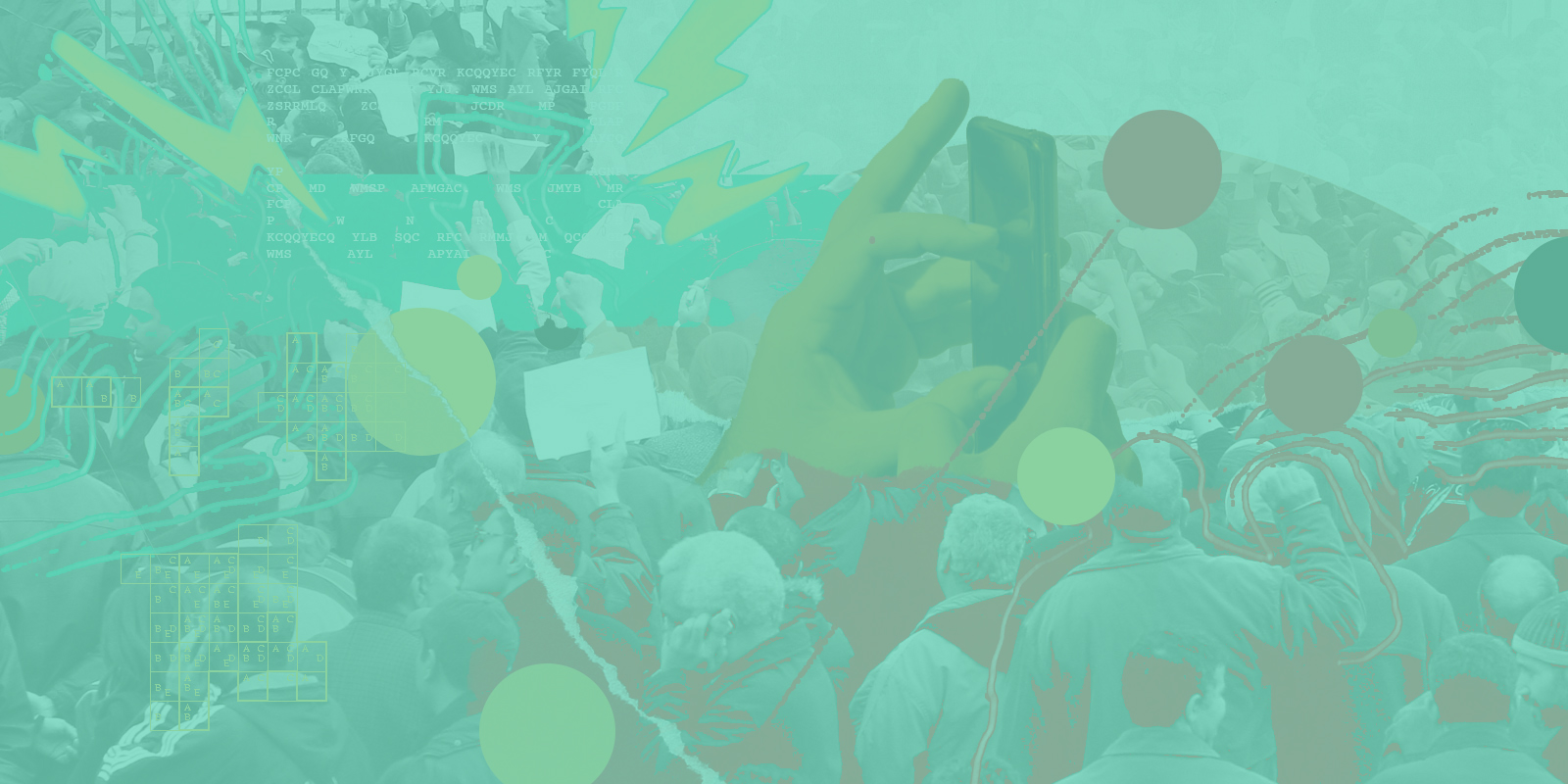In many Eastern Europe and Central Asia (EECA) countries, governments are increasingly responding to peaceful protests, rallies, and the rise of dissenting voices with an excessive use of force, by preemptively arresting activists and journalists, and by deploying technology to censor freedom of expression and to curtail the right of peaceful assembly.
In Belarus, authorities have used facial recognition technologies to identify protesters. In Kazakhstan, police randomly stop people in the street to check their mobile phones for videos from protests, which are then used as a pretext for future arrests. And amid ongoing protests in Georgia, where people are marching to defend their constitutional right to EU integration, we are worried that authorities will deploy tried-and-tested digital dictatorship tactics to suppress unrest.
Amid escalating violence, CyberHUB-AM and Access Now’s Digital Security Helpline have prepared a short guide to minimize digital security risks for protesters.
Part 1. General hygiene
Secure communication channels: Use private (end-to-end encrypted), anonymity-preserving (with a hidden-by-default phone number and not linked to social media or email accounts) apps like Signal for sensitive communications. Avoid using SMS for any kind of sensitive communications. Minimize use of Telegram for sensitive communications.
For additional anonymity you can use Wire. It is also end-to-end encrypted and allows you to register only via email.
If possible, enable disappearing messages on all of your communications apps to minimize the amount of information stored in them.
Secure key accounts: Tighten security and privacy settings (including enabling non-SMS-based two-factor authentication and limiting location sharing) on social media and other important accounts.
You may also consider enrolling your email account into an optional program — Google Advanced Protection — for high risk users.
Encrypt devices and back-ups: Enable encryption for laptops and storage devices (as well as backups) to protect data in case of seizure. Modern mobile devices are encrypted by default when a passcode is enabled.
Back up important data: Create secure backups of all critical data and store them in a safe, offline location, separate from your online device backup. Encrypt sensitive data before storing, if possible.
Update software: Make sure all devices and software are updated with the latest security patches and enable automatic updates. This includes apps and other software installed on devices.
Part 2. Prepare your device for any gathering
Delete compromising information from your device. Make sure to check media folders in messengers for sensitive photos and videos. Clear cache in Telegram.
Disable fingerprint or Face ID unlocking. Replace them preferably with a strong password or at least a PIN.
Turn off notification preview on your smartphone.
If possible, use a separate phone during the gatherings, using another iCloud / Gmail user and without storing sensitive information. If you have to use the same device, change the Google account to a brand new one, to help protect your Gmail and Google Drive. Charge your phone before the gathering.
Prepare emergency contacts: share your location and plans with trusted colleagues or family members. Print or write out a list of emergency contacts and keep it on you.
Consider enabling Apple Lockdown Mode if you have Apple devices: Lockdown Mode helps protect devices against rare and highly sophisticated cyber attacks like Pegasus spyware.
Consider disabling Bluetooth and AirDrop functions, as well as turning on Airplane Mode to preserve the battery life and prevent certain types of intrusion. But note that this may also make your device difficult to reach in emergencies.
Examine confiscated and returned devices: Seek expert digital security assistance when the device is returned to you. Do not use it until it is checked for spyware and other intrusion tools.
Other useful resources
- Freedom Lab online digital security training (Georgian, English)
- Electronic Frontier Foundation (EFF) Surveillance Self-Defense guide on attending protests and guide on safe campaigning.
- Digital First Aid scenario-based digital security guides (English, Russian)
- Access Now Digital Security Helpline (nine languages including English and Russian)
- Frontline Defenders emergency contact (five languages including English and Russian)
- Committee to Protect Journalists (CPJ) digital safety kit
